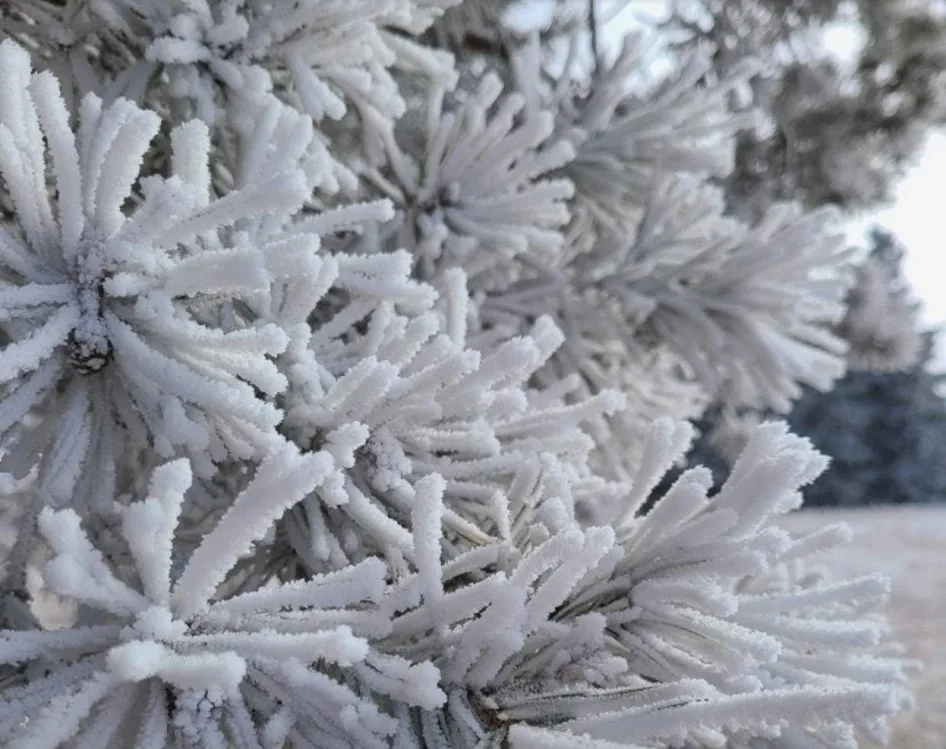
The beauty (and danger) behind rime ice
While rime ice can create magical landscapes, it can also spell trouble for pilots
I'd never, ever complain about waiting for de-icing operations when I’m flying out of any airport, even if the flight is an hour and half delayed already. I have this thing about the aircraft not losing lift and bouncing into the ground. But, since you can’t de-ice trees, rime ice can transform a forest into something any snow fairy would love.
Rime ice forms when supercooled (water that has dropped below O° C yet remains liquid) water droplets freeze onto a surface. This often happens when you get freezing fog which happens often in the mountains. On Thursday, February 4, 2021, a fog bank drifted in over the area from Woodstock to London, Ont., and as it sat there over the night, it produced a widespread rime ice event. This doesn’t happen very often in Ontario, but when it does, it can create a magical landscape.

Courtesy: David Piano/@ONwxchaser
SEE ALSO: Protect Your Pets - What to do when cold weather strikes
Rime ice comes in three basic types: soft, hard and clear. The event in Ingersoll occurred in light to zero winds and the deposition of ice was uniform which occurred slowly through the night around and on objects so it’s considered soft rime ice. This type of ice looks similar to hoar frost, but where rime ice forms from supercooled water droplets, hoar frost forms when water vapour skips the liquid state and goes right to a solid.
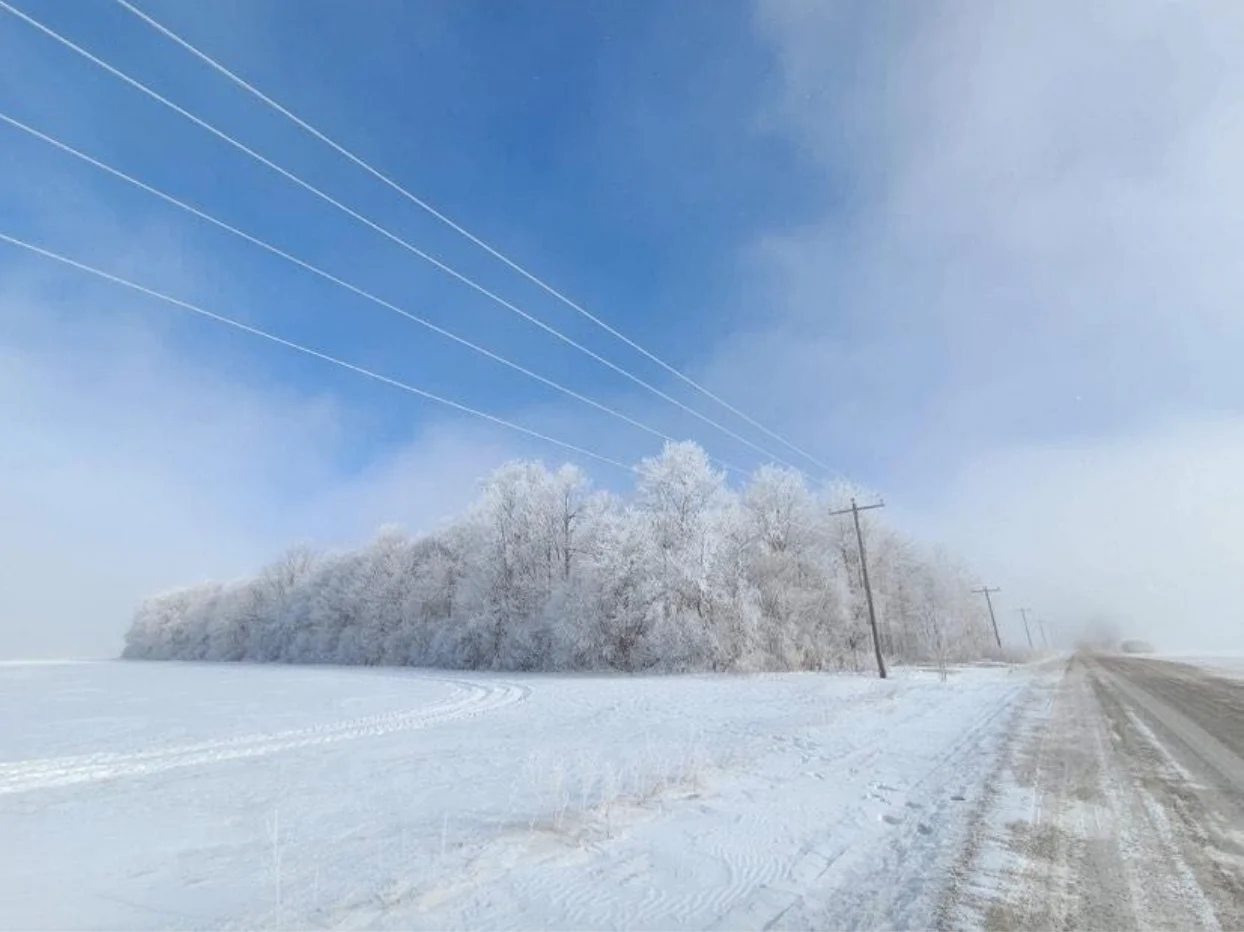
Courtesy: David Piano/@ONwxchaser
Hard and clear rime ice occurs when the supercooled water freezes during high winds like those on top of mountain ridges or in mountain forests. One of the premier spots for this is the top of Mount Washington in New Hampshire, where the ice buildup can get so severe that meteorologists in the Observatory have to go out every few hours to knock it off their instruments.

Courtesy: David Piano/@ONwxchaser
Of course these conditions also happen on the leading edges of an airplane as it flies into an area of supercooled water in clouds. This can happen any time of the year, but it tends to be more prevalent in the winter, and can occur closer to the ground. For large, commercial aircraft this can be an issue, but they are well supplied with de-icing equipment and have constant weather observations being fed to them so that they can avoid icing conditions as best they can.
This is not always the case for smaller single-engine aircraft, and the situation can turn very hairy, very fast.
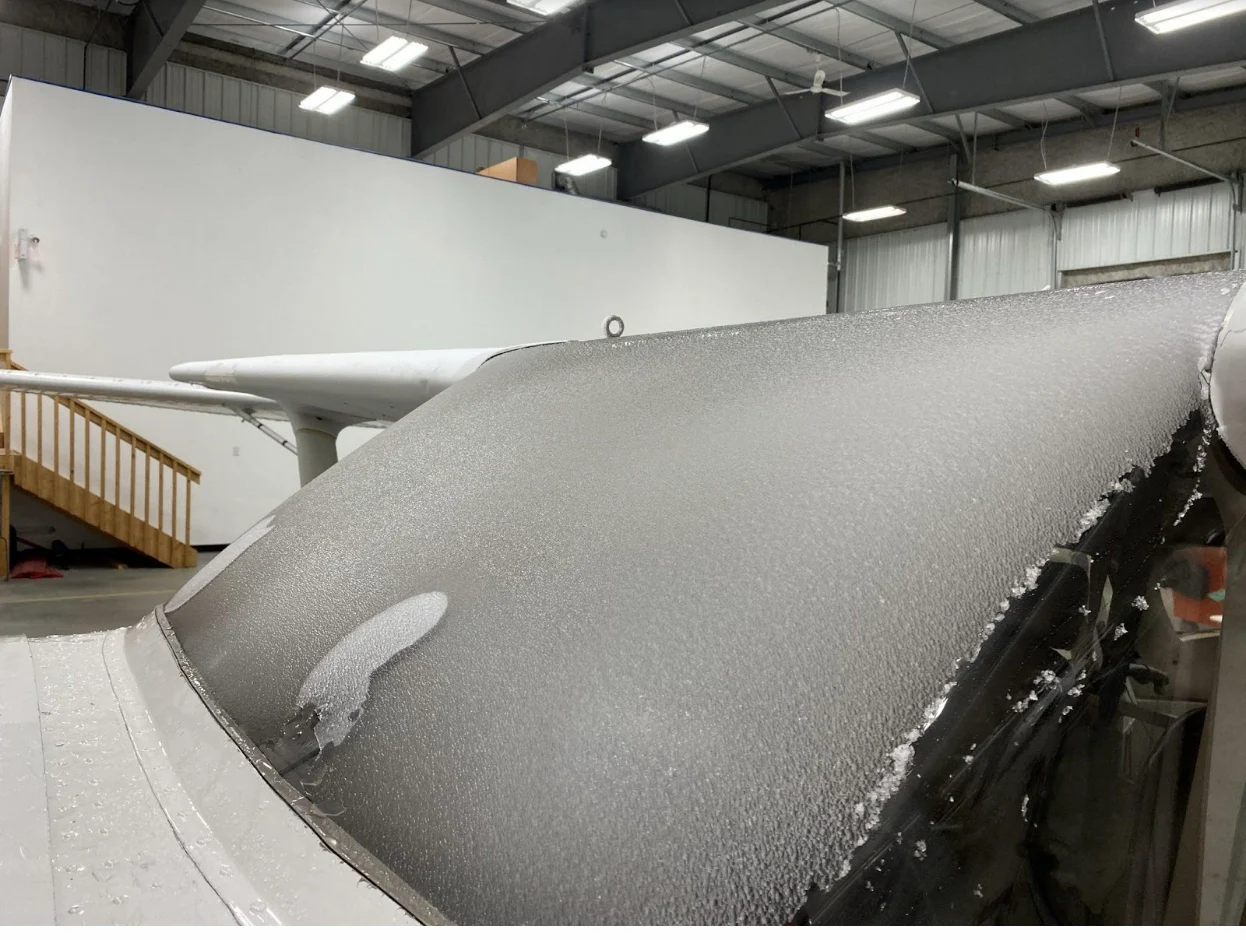
Courtesy: Joshua Martin/Submitted via Mark Robinson
In late December 2020, Joshua Martin was flying pipeline patrol in Manitoba in a Cessna 172 when he encountered a frightening problem. At about hour seven of the flight, water droplets began to appear on the windshield. It didn’t make a lot of sense to him as the air temperature was around -15° C. Before he and his crew had time to really process what was happening, the windshield was totally covered in ice and they were flying nearly blind.
I’ve flown many times with friends and I’ve seen what happens when things become … unexpected. Joshua told me that while the situation became very nerve-wracking very fast, he went into pilot mode and dealt with the situation with focus and calm. Knowing that the only thing he could do was to get the plane safely back to the ground, he elected to fly to his home airport, only 15 from where they were.
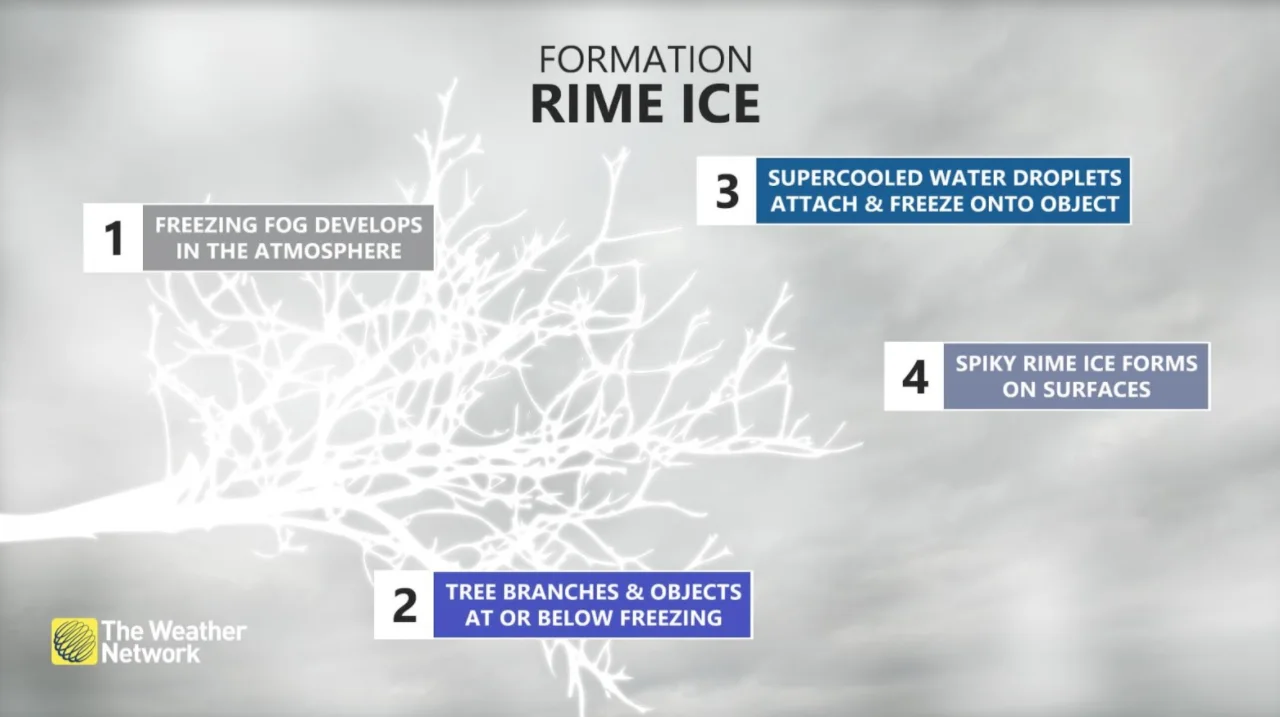
His two biggest concerns became “Will I hit anything such as towers?” and “How am I going to land this?” As he had done proper preparation for the flight, his maps indicated where the obstacles were, but even then, unmarked ones could be lurking as he came in for a landing. To make things worse, he experienced about a 5 knot drop in forward speed and a reduced control over the aircraft.
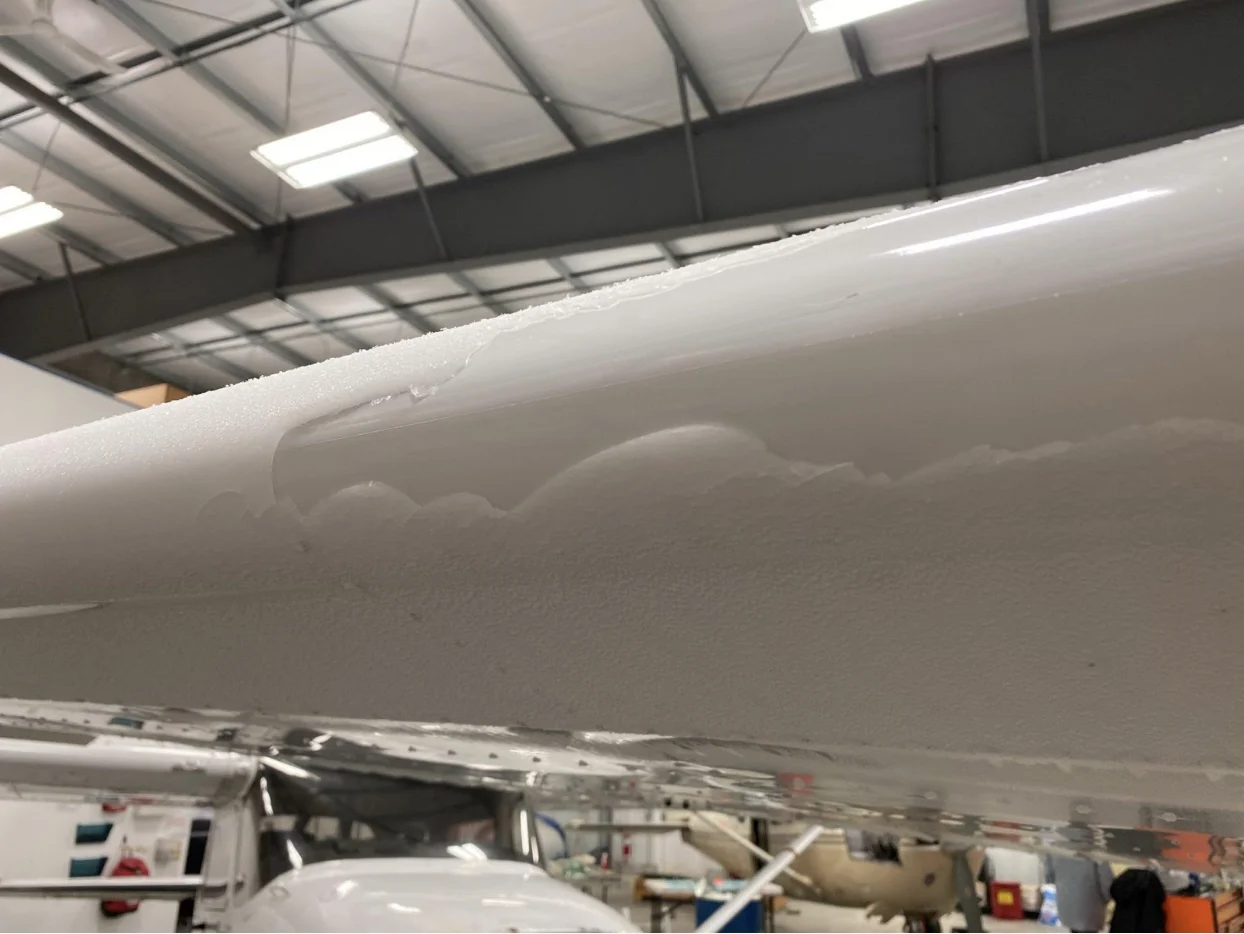
Rime ice observed on aircraft wing. Courtesy: Joshua Martin/Submitted via Mark Robinson
Making a landing on a 23-metre wide runway at 130 – 150 km/h, while snowing and nearly blinded by the ice on the windshield, Joshua lined it up and set the plane down safely. He attributes his safe landing to an instrument on board that helped him line up the plane with the runway even while blinded by the ice. I’m going to have to add that I attribute it to training and an ability to stay calm in a situation that would have left me having to have a change of clothes ready.
When he examined the plane afterwards, he found 7-8 mm of clear rime ice on the forward facing surfaces of the aircraft. Much more than that and the plane may not have been able to stay in the air.
So, enjoy the sight of the ice on the trees, marvel at the physics and science behind why it happens, but always remember, if you’re flying and you hear the captain say that you’re going to get delayed due to de-icing, don’t’ groan. Just thank the people who are making sure rime ice isn’t going to spoil your flight.






